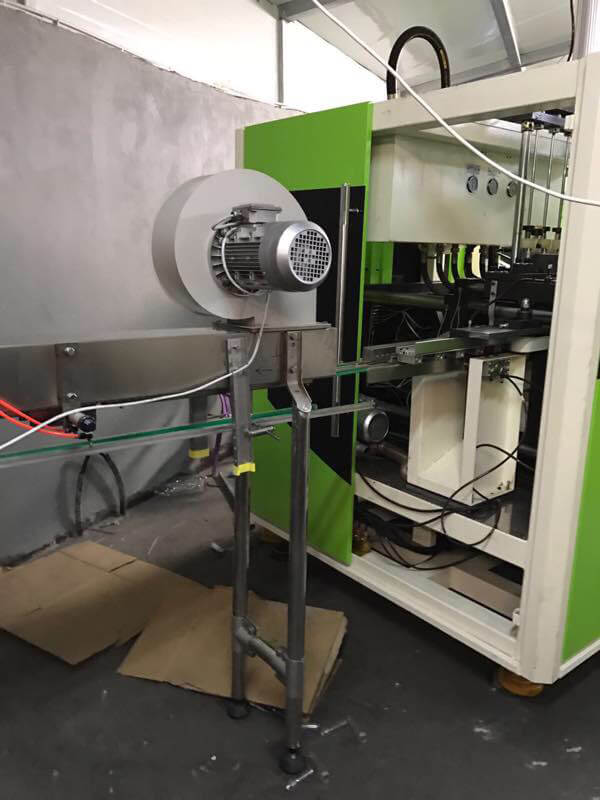Israel customer learned installing technology in DATONG for 3 days. now he finished his own installing in his factory. really smart. all is right and made well.
Unfortunately we face Israeli embassy strikes. we can not do visa and send our technician to his place and help him. but we will noted all for customers and help them do by themselves.
doing good service and making good machine is our life. we will keep on it. service for each of our customer.








